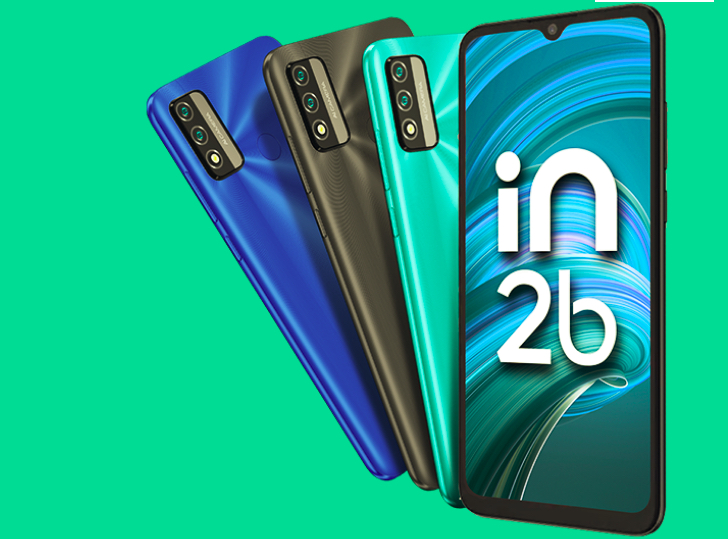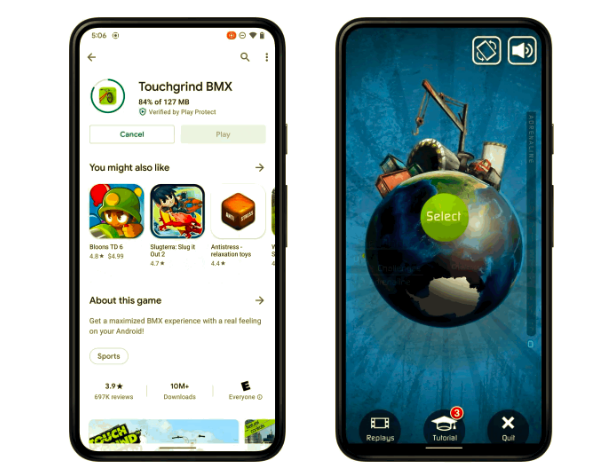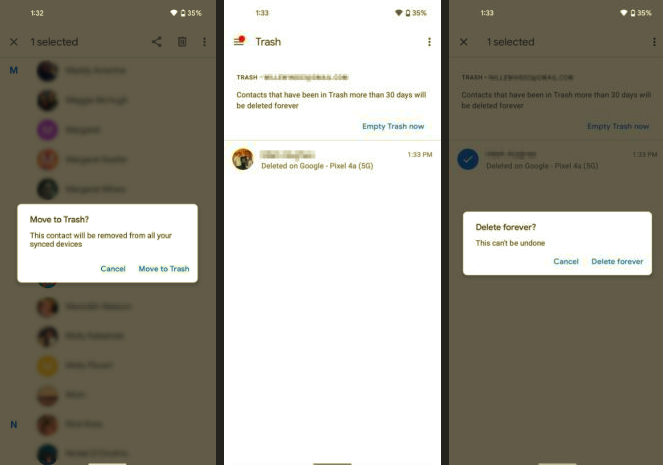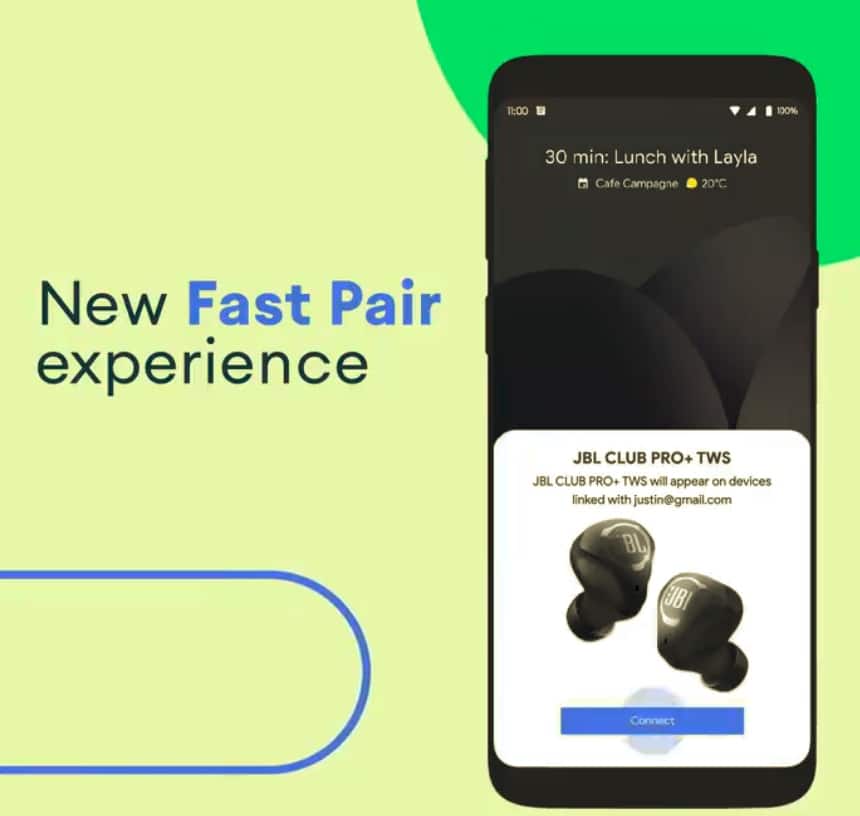
Everyone remembers their reaction when that press release hit the wires: Google to acquire Motorola for $12.5 billion. August is usually a slow news month, but that announcement, almost two years old now, put everyone in a frenzy. The deal closed nine months later in May 2012, and yesterday, with the Moto X, we finally saw the fruits of the incredibly expensive purchase.
Taking a step back, why was Google’s purchase of Motorola so incredibly monumental? Because the technology industry is littered with examples of companies that wanted to get into both the hardware and operating system game, but ultimately failed. You’re either a Microsoft, making software that anyone can buy and use, or you’re a Dell, slapping together components from Asia and putting them into a box destined for the United States.
Nokia maintained Symbian, and tried to get others to use the platform, but they failed. Apple let people make Mac computers for a few years in the late 80s and early 90s, and it nearly bankrupt the company. Palm made both the Palm OS and Palm devices; when their rival Handsrping because powerful, Palm simply acquired them. Unfortunately, Palm became irrelevant because Microsoft (at the time) was kicking their butt with Windows Mobile. Palm even made a few Windows Mobile devices, believe it or not, but let’s not go there.
What I’m trying to say is that Google buying a smartphone maker is the equivalent of Google leaving a severed horse head in the beds of the Chief Executive Officers of Samsung, HTC, LG, and Sony.
Luckily for Google, however, hardware makers, for the most part, have zero competency when it comes to software. Android now powers seven out of ten phones being sold today. If the Motorola acquisition pisses you off, where do you go as a hardware maker? Windows Phone? Oh right, that’s a platform where Nokia has something like over 80% market share.
All this brings me to the Moto X, a phone that according to C|Net will only be sold in the western hemisphere (USA, Canada, Latin America). For $200 and a two year contract, you’ll get a 4.7 inch 720p screen, dual core processor clocked at 1.7 GHz, 2GB of RAM, a pretty decent 10 megapixel camera, 4G LTE connectivity, and a software experience that can best be described as stock Android with a few enhancements baked in.
Forget for a second that this phone isn’t going to be sold in Europe and Asia. Let’s do a small thought experiment. Pretend you’re a consumer who is looking for a new gadget to buy. That shouldn’t be hard. Now pretend it’s not August 2nd, but 90 days in the future: November.
What’s going to be on store shelves? The Galaxy Note III. The G2 from LG. The Xperia i1 from Sony. The Nexus 5. The fifth generation 9.7 inch iPad. The second generation iPad mini, with retina. The iPhone 5S. The “budget” iPhone made out of plastic. Hell, Microsoft might finally even add support for 1080p screens and quad core processors to Windows Phone come this November too.
So where does that leave the Moto X? In the middle of nowhere.
There will be a small blip of hype when it finally launches later this month, but then after that?
Flatline.
[Image Credit: Brian Klug from AnandTech]


















